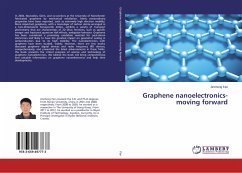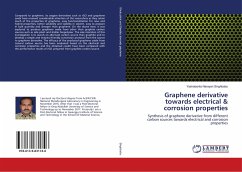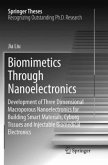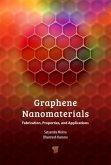In 2004, Novoselov, Geim, and co-workers at the University of Manchester fabricated graphene by mechanical exfoliation. Many extraordinary properties have been reported, such as extremely high electron mobility. More important,graphene, with a monolayer of carbon atoms arranged in a two-dimensional honeycomb lattice, exhibits a variety of transport phenomena that are characteristic of 2D Dirac fermions, such as specific integer and fractional quantum Hall effects, ambipolar behavior. Graphene has been considered a promising candidate material for post-silicon electronics and likely to have the greatest impact on geometric scaling in semiconductors due to its high mobility. The nanoelectronics with graphene have been studied, widely. However, there are few books discussed graphene digital devices and radio frequency (RF) devices, comprehensively, and presented the latest advancements in these fields. the book presents the critical progress of science and technology of graphene nanoelectronics. We believe the book will bring comprehensive and valuable information on graphene nanoelectronics and help their developments.
Bitte wählen Sie Ihr Anliegen aus.
Rechnungen
Retourenschein anfordern
Bestellstatus
Storno








